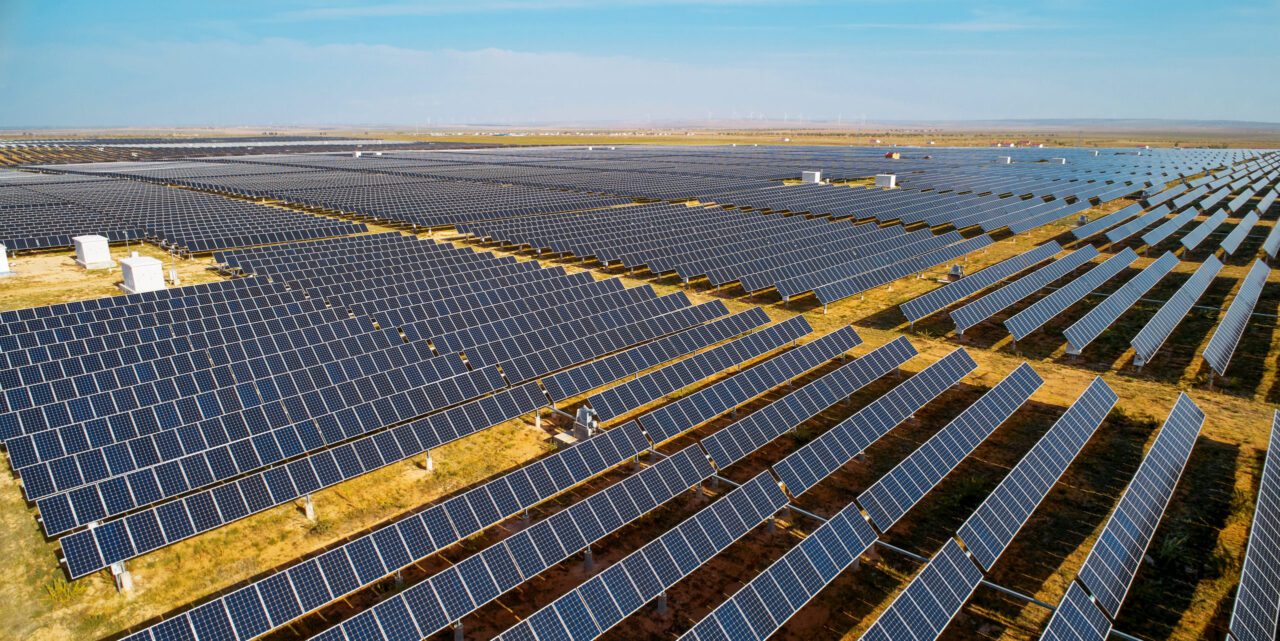A collaborative effort involving The Nature Conservancy (TNC), its Cumberland Forest Limited Partnership, Sun Tribe Development, and ENGIE is set to revitalize 17 former coal mining sites across Appalachia, converting them into clean energy ventures.
This initiative will include 14 solar energy installations with a total generation capacity of 49 megawatts and three battery storage facilities expected to hold 320 megawatts.
Together, these projects will cover approximately 360 previewing areas.
Coal mine sites into solar, battery hubs

TNC is focused on adhering to its “3Cs” framework, which stands for climate, conservation, and communities, as it evaluates the potential impact of these projects.
The organization anticipates these clean energy sites will enhance local tax revenues and generate construction jobs in the region.
The initiatives are projected to provide enough energy to power around 6,638 homes annually in Appalachia, with development planned in Virginia, Tennessee, and Kentucky.
Danny Van Clief, CEO of Sun Tribe Development, emphasized the logic behind situating solar and battery storage on land previously used for coal mining.
“These sites and the communities they rest within have powered our country for more than a century — all we have to do is reimagine them for today’s energy technology,” he stated.
One aspect of the project is the consideration of the Inflation Reduction Act (IRA) incentives, which could help minimize costs. However, the IRA faces uncertainty under the current administration after being signed into law by former President Joe Biden in 2022.
President Donald Trump had previously attempted to freeze IRA funds shortly after his inauguration, though a court ruling halted this. Despite that ruling, states claim they are still experiencing difficulties accessing funding, leading to further complications.
A federal judge has recently mandated that the administration comply with a court order blocking the IRA funding freeze.
The freeze has had a palpable impact on various clean energy and technology initiatives nationwide.
Projects intended to convert diesel-fueled school buses to electric, remove lead paint from homes, improve weatherization for energy efficiency, plug abandoned oil wells, and bolster resilience against wildfires and flooding have all felt the repercussions of the ongoing funding challenges.
US Appalachia
Dana Kuhnline, senior program director at ReImagine Appalachia, highlighted the innovative spirit present in Appalachian communities.
“There is actually a tremendous amount of local energy and innovation because people love the place, and they stay here because they love it,” she explained.
She noted that local stakeholders had a rare opportunity to leverage IRA and Bipartisan Infrastructure Law funding to drive significant community improvements but are now facing obstacles.
It remains unclear how heavily the progress of the energy projects will depend on IRA incentives, as some initiatives might not be affected by the funding uncertainties.
Meanwhile, TNC has been vocal about the potential risks to climate policy on its website.
The organization is committed to advocating for conservation and climate policies at risk of being rolled back, emphasizing the importance of sharing success stories from farmers, fishermen, and forest landowners who benefit from these governmental initiatives.
The newly announced projects augment an existing slate of eight clean energy projects initiated by TNC, Sun Tribe, and Dominion Energy.
The first of these projects is a solar plant in Virginia, with construction slated to kick off in 2026.
This venture alone is anticipated to produce about $800,000 in tax revenue for the local area while providing clean solar power and rehabilitating a former coal mining site.
The remaining solar installations are expected to be finished by 2029.




